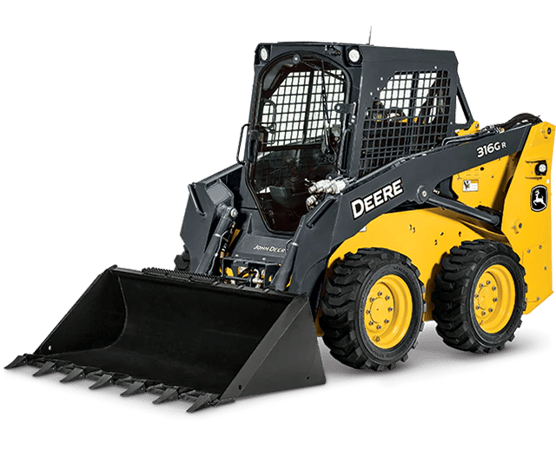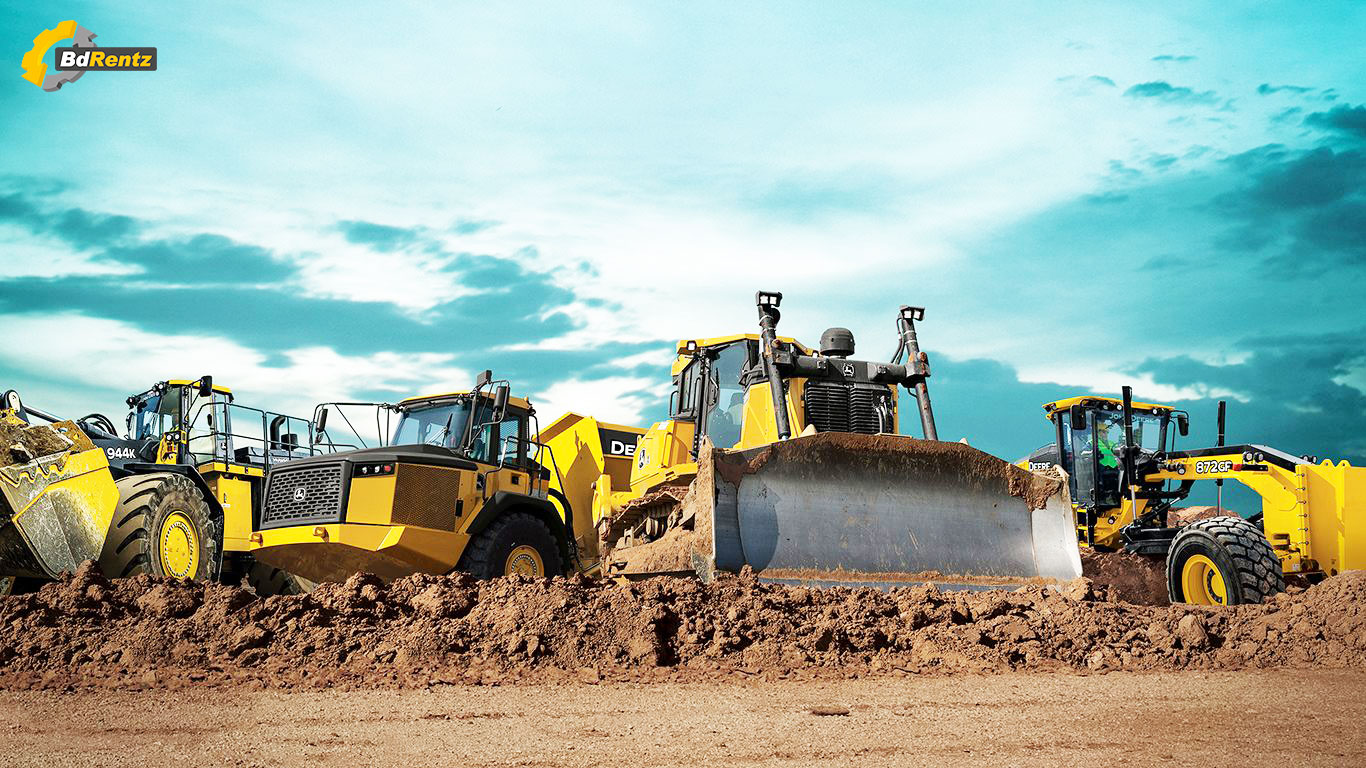Boom Lift Rental: Inexpensive and Reputable Lifts for Any Type Of Task
Boom Lift Rental: Inexpensive and Reputable Lifts for Any Type Of Task
Blog Article
Maximize Your Budget by Recognizing the Prices Related To Building And Construction Devices Leasings
Understanding the complete scope of costs associated with construction tools leasings is important for optimizing your budget. While the initial rental cost might appear simple, various added expenditures-- such as transportation, fuel surcharges, and upkeep-- can swiftly build up, influencing your monetary planning. Being conscious of numerous fees and the intricacies of rental agreements can aid avoid unexpected economic worries. What methods can be employed to successfully manage these costs and make certain a much more reliable rental experience?
Overview of Rental Prices
When thinking about construction equipment services, comprehending the associated expenses is critical for reliable budgeting and job planning. Rental prices can vary dramatically based upon several variables, including tools type, period of leasing, and location. The first rental fee usually shows the equipment's market demand and its connected functional abilities, affecting the overall expenditure.
In enhancement to the base rental rate, supplementary prices may develop, such as transportation costs, fuel surcharges, and upkeep charges. It is necessary to account for these additional expenditures to accurately examine the complete cost of leasing equipment. The rental duration can influence pricing; longer rentals may certify for affordable prices, while short-term rentals may sustain higher day-to-day fees.

Failure of Rental Prices
A thorough understanding of rental prices is crucial for contractors and job supervisors intending to optimize their budget plans. Rental prices for building and construction devices commonly include numerous elements, consisting of base prices, time-based costs, and usage charges.
Base prices are the core charges related to the rental of the tools, usually identified by the type and dimension of the machinery. These rates can vary considerably, affected by factors such as devices demand, schedule, and regional market trends. Time-based fees, which may be daily, weekly, or monthly, offer to fit different job timelines and rental periods.
In addition, rental rates might consist of use charges, which apply when devices is utilized past a specified threshold, making sure that the rental firm can represent deterioration. Seasonal demand variations can likewise impact rental prices, with peak building periods commonly commanding higher costs.
Furthermore, understanding the rental firm's plans concerning upkeep and insurance can supply additional insight into the general cost framework. By evaluating these elements, service providers can make enlightened choices, making sure the selection of rental tools lines up with both task needs and budget restrictions.
Added Costs to Consider
Recognizing the ins and outs of additional fees is essential for specialists to manage their general rental expenditures successfully. Beyond the conventional rental rates, different additional costs can significantly impact the complete cost of equipment leasing. These fees usually consist of delivery and pick-up costs, which can differ based upon range and logistics associated with moving the devices to and from the work website.
Moreover, some rental firms may enforce gas additional charges if the devices is returned with less gas than when rented. It is also vital to be mindful of possible cleaning costs, specifically for specialized devices that needs detailed maintenance after use.

Thoroughly reviewing the rental agreement and clearing up these additional costs upfront can assist specialists make certain and avoid unforeseen prices that budgets continue to be undamaged throughout the project lifecycle.
Maintenance and Repair Work Expenditures
Normal upkeep and fixing expenses are typically overlooked factors that can considerably influence the overall expense of construction equipment leasings. When renting more out tools, it is critical to take into consideration not only the rental fees yet additionally the potential expenses connected with maintaining the machinery in optimum operating condition.
Lots of rental companies include fundamental maintenance as part of the rental contract; nonetheless, extra unanticipated breakdowns or substantial fixings can result in extra expenditures. It's important to examine the rental agreement carefully to understand what maintenance solutions are covered and what obligations drop on the occupant.
Furthermore, equipment that is not well-kept can lead to inefficiencies on duty site, potentially enhancing and creating hold-ups task prices. To mitigate these risks, it is recommended to carry out normal examinations and keep open interaction with the rental service provider concerning any type of problems that develop throughout usage.
Insurance Coverage and Obligation Expenses
Insurance coverage and obligation expenses are important elements that can substantially affect the general expense of construction equipment rentals (aerial lift rental). These prices make sure that both the rental business and the client are protected from prospective economic losses developing from mishaps, damage, or burglary during the rental period

In addition, customers need to be mindful of any deductibles or exclusions in the insurance coverage, as these can impact prospective out-of-pocket expenses. Comprehending the conditions of any type of insurance policy protection is vital to avoid unforeseen costs. Eventually, budgeting for insurance policy and responsibility costs can help make certain a smoother rental experience and shield against find out here now economic dangers connected with construction tasks.
Final Thought
In final thought, a detailed understanding of the costs connected with construction devices services is essential for efficient budget plan administration. Ultimately, educated decision-making regarding devices rentals contributes to the total success of building endeavors.
Rental prices can vary substantially based on several factors, consisting of devices type, period of service, and place (construction equipment rentals). The rental period can influence pricing; longer rentals might certify for affordable prices, while short-term leasings could sustain higher daily charges
By carrying out thorough research and engaging with respectable rental companies, service providers can successfully navigate the intricacies of rental pricing, inevitably maximizing their economic resources.
Past the basic you can find out more rental prices, different supplemental costs can substantially impact the overall price of devices service. Rental companies often supply liability insurance coverage that covers injuries to 3rd parties or damages to residential property, while equipment damage insurance policy can cover the cost of repair services or substitute if the rented devices is harmed.
Report this page